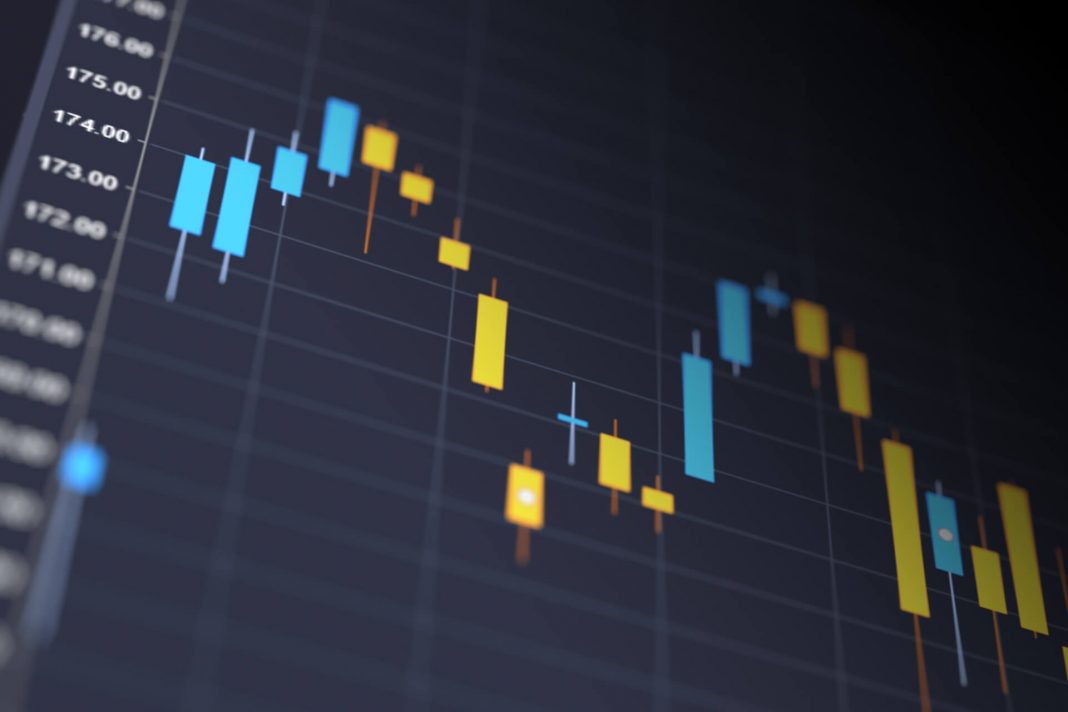Liquidity and volatility in the forex market significantly impact one other. Because prices fluctuate less, high liquidity leads to low volatility, and vice versa.
Because the foreign exchange market is one of the most liquid markets globally, it is not overly volatile. But that doesn’t mean there isn’t any volatility. The forex market does experience fluctuations in volatility from time to time, as currency pair prices change almost daily.
Volatility
Volatility measure how far a market moves throughout a price cycle. In the same way, that volatility in human personality indicates the ability to easily anger or quickly sadden, volatility in market terminology represents markets with a wider cycle between highs and lows.
Stable markets polarize volatile markets with shorter cycles and a smaller spread between high and low market prices. More volatile markets provide better opportunities for leveraged traders to profit in as little time as possible.
The larger the price swing and the greater the likelihood that markets will move, the greater the chances for the trader to profit from their trade. Because governments and massive global banks drive the prices, the currency markets tend to veer towards the less volatile end of the market and globex360 trade demo account.
As a result, high leverage levels are commonly used in most forex transactions as a compensatory measure to ensure traders can still maximize their returns.
Liquidity
In the same breath, liquidity is another important issue affecting traders in all types of markets. The liquidity of an asset or market is defined as its proximity to cash. A car, for example, is an illiquid asset because it is at least a few degrees removed from money.
(Finding a buyer, closing a sale, and exchanging the asset for cash value all take time and impose additional risk on the asset holder). Foreign currency is cash for forex, so it’s no surprise that the forex markets are the most liquid.
Furthermore, there are genuine incentives for international monetary supplies to monitor geopolitical and economic developments closely. The impact of many disparate traders with disparate needs ensures that they can achieve reasonable, realistic market prices.
Liquidity and volatility are important concepts to understand before diving headfirst into the forex markets, and they play an important role in informing your trading decisions.
Conclusion
The depth of buy and sell orders is referred to as market liquidity. A liquid market is one in which you can quickly buy or sell. The rate of change in a market is referred to as volatility. A volatile market is one in which the price of a security fluctuates rapidly over a short period.
The level of liquidity tends to influence technical analysis. The more liquid the market, the more dependable technical patterns, and breakouts are. A ‘thin’ or illiquid market can become volatile as well. Traders find it easier to push prices up and down when fewer orders absorb market fluctuations. Take extra safeguard when using a high or low candle formed during high volatility. The price may differ between brokers, determining the ‘true’ market price.

